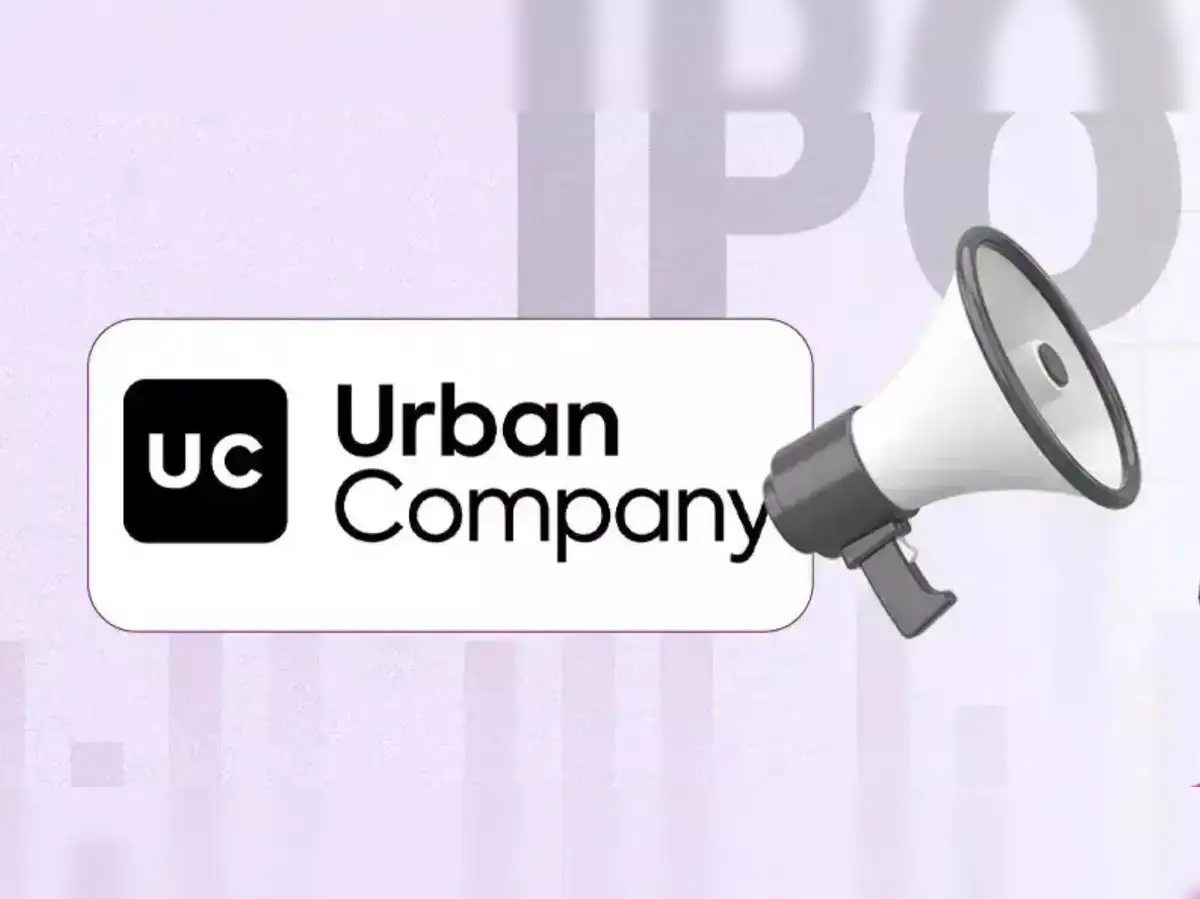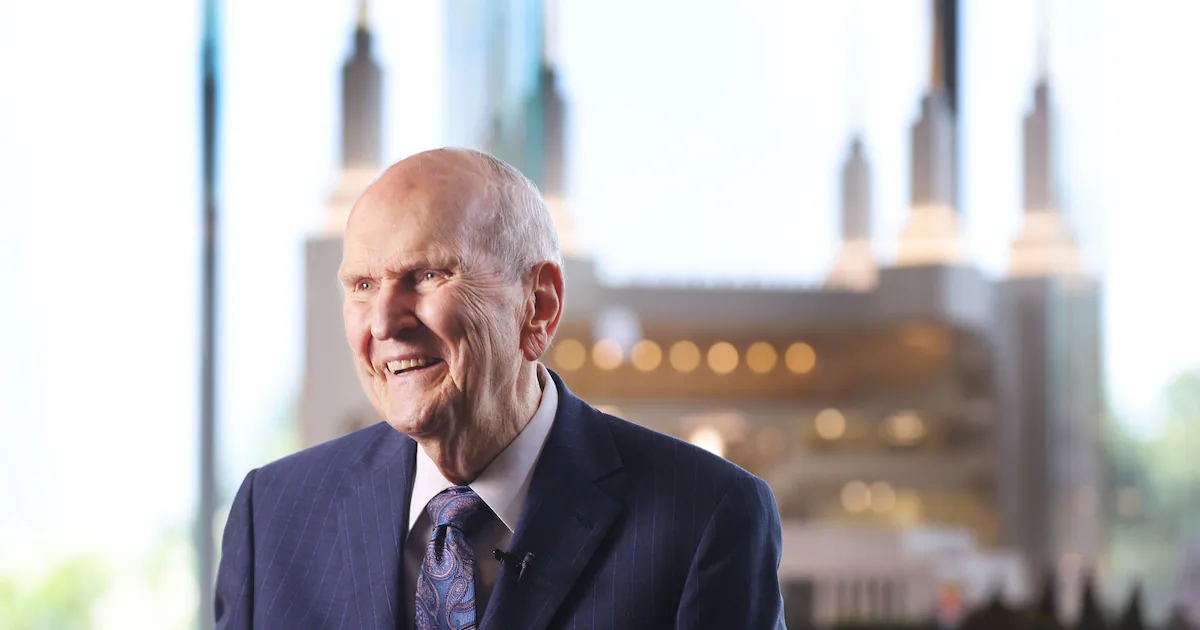By Contributor,Kelby Woodard
Copyright forbes

What works on the battlefield can inspire bold reform in American education.
At the Minnesota State Capitol, Saint Thomas Academy cadets honor legacy of courage at the Medal of Honor Memorial dedication on September 22, 2022.
Kelby Woodard
War is a harsh teacher. Ukraine’s resilience in the face of Russia’s invasion has revealed that survival depends not only on strength and resources, but also on adaptability, initiative, and trust in people closest to the fight. Leaders have empowered local commanders to make quick decisions, respond to unexpected challenges, and think critically where rigid hierarchy would have failed. That flexibility has allowed a smaller nation to stand against a larger aggressor. These lessons are not limited to the battlefield. They should guide how we think about American education from the top down, where bold leadership must encourage new models of education that break from convention and prepare students to thrive in uncertain times.
The Cost of Conformity
For too long, American education has overemphasized standardized tests, compliance, and memorization. Students are rewarded for following rules and reproducing facts. These skills matter, but they do not prepare young people to adapt when the world changes suddenly, as it inevitably does. The last few years including pandemics, a rapidly changing workplace, political polarization, and global instability prove that the future will belong to those who can think critically, question assumptions, and lead in uncertain times.
Rigid systems may seem efficient, but they break under pressure. Ukraine has shown that resilience requires leaders and citizens who can analyze, improvise, and act with conviction. If American students are trained only to follow instructions, they will lack the very skills our society needs most in the decades ahead.
Building a Culture of Inquiry
Critical thinking is not just a classroom exercise. It is a mindset built by giving students real opportunities to wrestle with problems that do not have easy answers. It means encouraging them to ask why, to test their own ideas, and to consider perspectives that challenge their own. This is not a rejection of structure, it is the recognition that true learning happens when students are trusted to explore, adapt, and even fail on the way to understanding.
Reform must be systemic. Leaders at every level should encourage education models that meet the unique needs of students and deliver learning in innovative ways. That includes experiential learning through real-world internships, global exchanges that expose students to other cultures, entrepreneurial incubators where students design and launch solutions, and technology-enabled platforms that personalize learning at scale. These are not marginal alternatives. They are signals of a new kind of system that must be embraced from the top to foster inquiry, resilience, and adaptability at scale.
MORE FOR YOU
Resilience as the New Currency
The global economy is shifting faster than ever. Careers that exist today may disappear tomorrow, replaced by new industries we can barely imagine. The workers and leaders of the future will need more than technical skills. They will need the resilience to pivot, the creativity to design new solutions, and the confidence to lead in ambiguity.
This is exactly what Ukraine’s example demonstrates: resilience built not through blind obedience, but through empowerment and trust. If our schools continue to operate as compliance factories, we risk preparing graduates for a world that no longer exists. If, instead, we encourage bold new models of education from the top down, we prepare students to thrive in the world that is coming.
The Call for American Education
The lesson from Ukraine is clear. Resilience is not built through hierarchy alone. It is built by equipping people to think critically and empowering them to act. American education has the opportunity and the responsibility to take this lesson seriously, not only in what we teach but in how we design and deliver education itself.
That means rethinking assessment so that students are measured not only on what they know, but also on how they apply knowledge to complex problems. It means investing in teachers who can model inquiry and coach students to lead, not just comply. And it means that policymakers, systems leaders, and institutions at the top must embrace innovation and support models that look very different from what we have known.
A Path Forward
If Ukraine can teach the world anything, it is that the future belongs to those who can think, adapt, and lead with courage. America’s young people deserve an education that does more than prepare them to pass tests. They deserve systems reimagined from the top down that embrace innovation in delivery—systems that look like global classrooms where students collaborate across borders, laboratories where they tackle climate change and public health challenges, incubators that let them test and scale their own ideas, and digital platforms that open access to world-class mentors and resources.
The stakes are high. The resilience of a nation at war has revealed the power of critical thinking. The resilience of our own nation in peace may depend on whether we have the courage to reform education boldly at the systemic level, creating models that defy convention and empower the next generation.
Editorial StandardsReprints & Permissions



